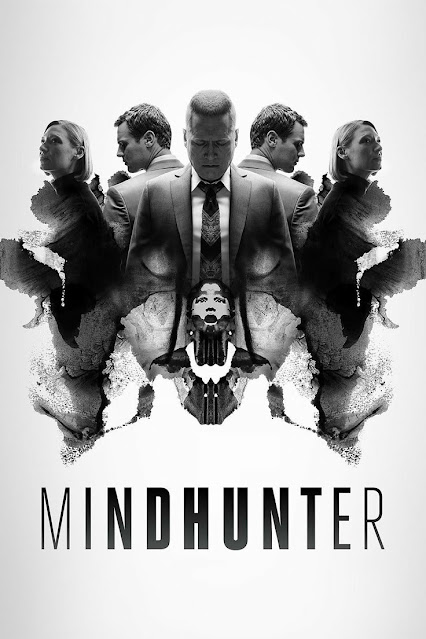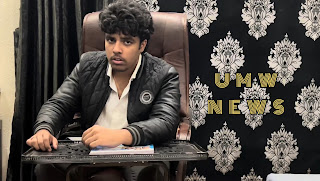Mindhunter (2017-2019)
Mindhunter (2017-2019), primarily directed by David Fincher, is a brilliant example of visual storytelling that draws you in with its unsettling yet captivating atmosphere. Based on the real-life work of FBI criminal profilers in the 1970s, the show masterfully employs careful framing, soft lighting, and slow, intentional camera movements to pull viewers into the psychological tension at its core.
Fincher’s meticulous attention to detail shines through in every frame. The symmetrical compositions, shallow depth of field, and long takes compel the audience to hone in on the subtle expressions and tiny movements of the characters, echoing the forensic precision of the FBI agents themselves. The muted color palette—filled with greens, browns, and yellows—evokes a sense of discomfort, perfectly capturing both the time period and the heavy psychological burden of the investigations.
One of the standout techniques in the series is its use of stillness and negative space. The lengthy, dialogue-rich interviews with serial killers are shot in tight, claustrophobic close-ups, making viewers feel trapped in the same psychological space as the agents. By steering clear of typical horror elements like jump scares and excessive gore, the show amplifies the realism and disturbing nature of the tension.
As an A-level media student, I find Mindhunter incredibly inspiring for my own film opening scene project. Fincher’s ability to build suspense through composition and pacing, rather than relying on action or graphic violence, demonstrates that psychological horror can be far more unsettling than physical horror. The cinematography in the show encourages me to think about how I can use framing, lighting, and sound design to craft a mood that lingers long after the scene is over.



Comments
Post a Comment